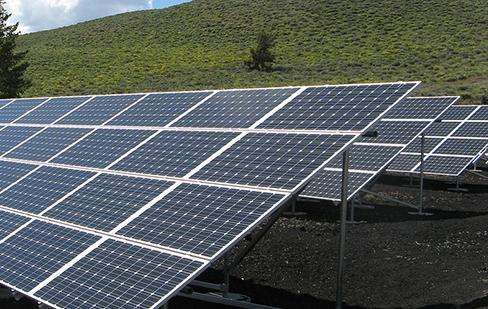Theoretically, in order to guarantee the quality of heating, the longest heating distance of the thermal power plant is 15 kilometers.
Heating radius refers to the length of the pipe from the heat source to the farthest user. Generally, the heating radius of a thermal power plant can reach more than 20 kilometers, and heating. The radius of a heating station in a yard is generally around 500 meters. The heating radius corresponds to the constructed heat exchange station. Since the head of the circulation pump is determined at this time, the furthest distance over which a certain amount of heating water can flow and return under this pressure is the heating radius.
The meaning of thermal power plant
A thermal power plant refers to a thermal power plant that not only produces electricity, butIt also uses extraction steam or exhaust steam from the steam turbine to provide heat for users. Its main principle of operation is to use thermal power plants for. The hot water generated after electricity production is heated again and then used for heating.
The law does not specify the distance between thermal power plants and residential areas, but generally speaking, the safety distance is at least 300 meters, otherwise there may be radiological interference on the human body and household appliances; , usually thermal power plants The establishment must be examined and approved by the relevant departments, so there is no need to worry too much.
Design regulations for occupational safety and industrial hygiene in thermal power plants DL 5053-1996
No specific distance number is specified, only desc provisionsriptives.
3 Factory site selection and general layout of the factory area
3.1 Factory site selection
3.1.1 Plant site selection should be based on meteorology and geology. , and The main risk factors predicted by natural conditions such as thunderstorms, floods and earthquakes and the impact of surrounding conditions on the factory's work safety and industrial hygiene will be fully taken into account and preventive measures will be taken into consideration.
3.1.2 The factory site should avoid being adjacent to other factories, warehouses, etc. which present serious fire and explosion risks. Where this cannot be avoided, fire and explosion safety distances must be set in accordance with applicable specifications.
3.1.3 The plant site should be selected on the leeward side of the minimum frequency wind directionthe annual for factories with serious risks of air pollution, dust and poison.
3.1.4 The factory site must be located on the windward side of the minimum annual frequency wind direction in adjacent towns or residential areas. A safety and health protection distance must be established between the factory area and the living area.














